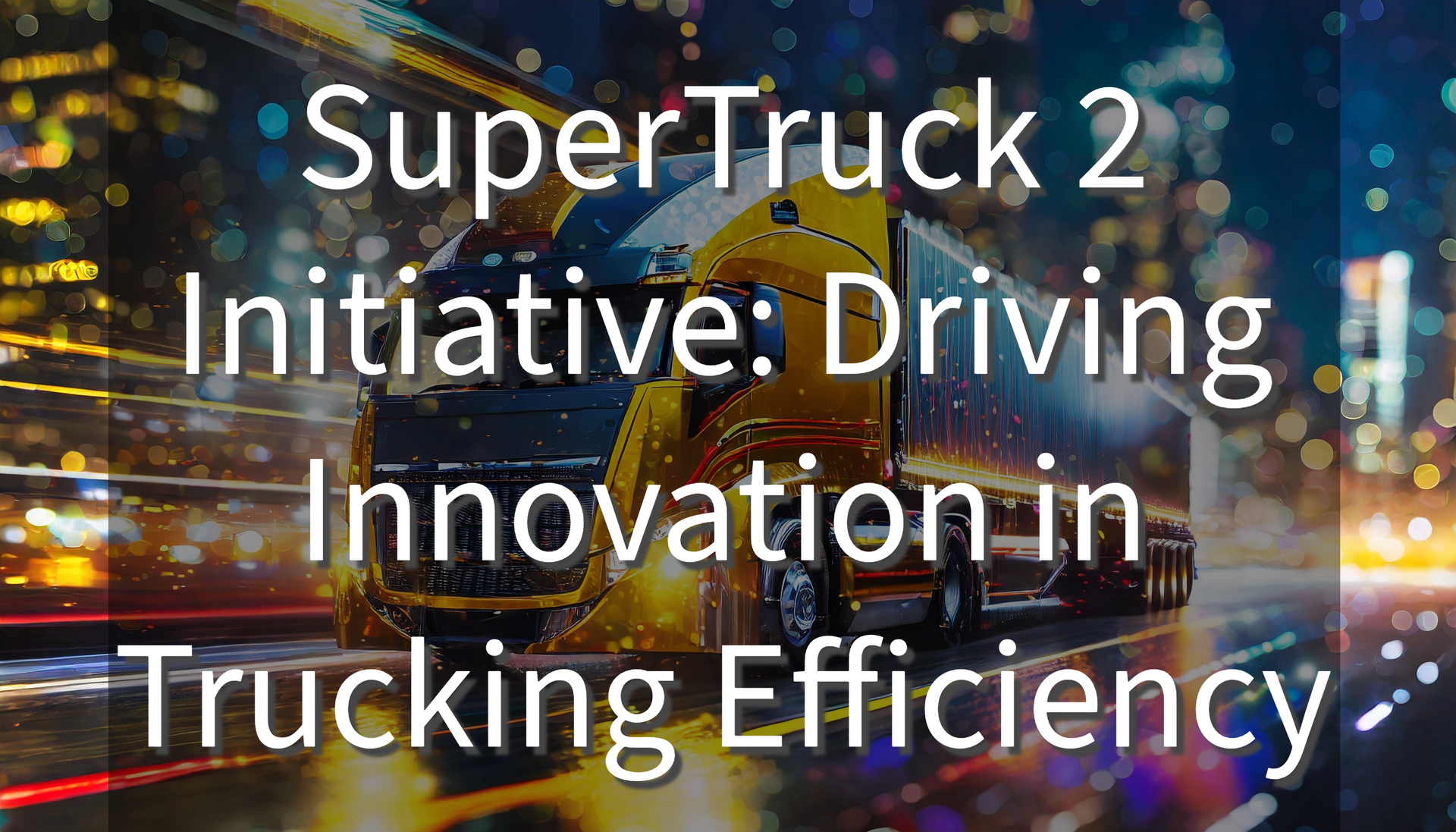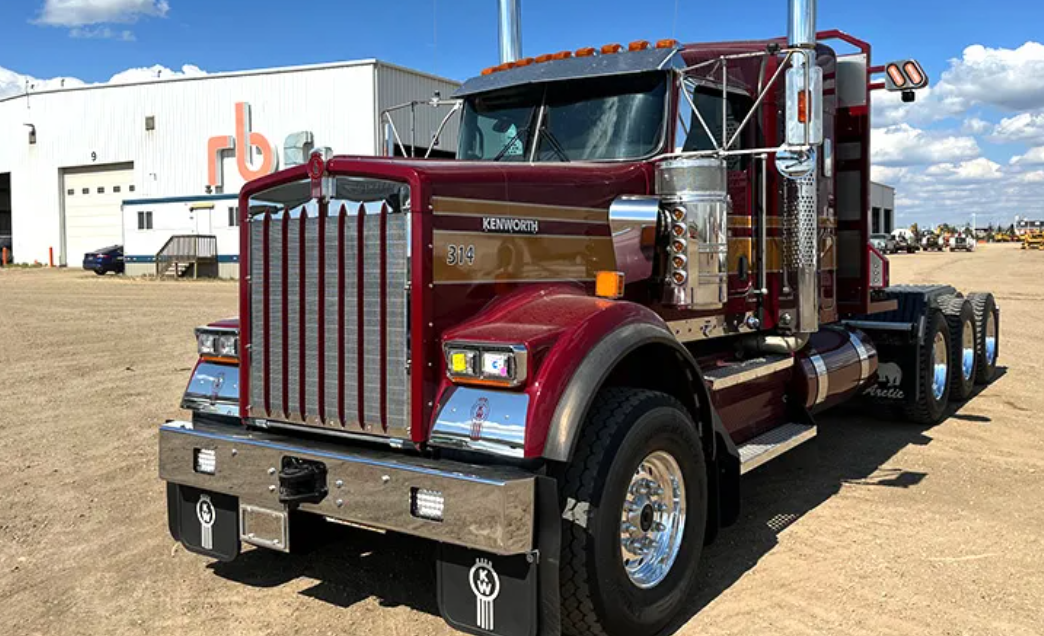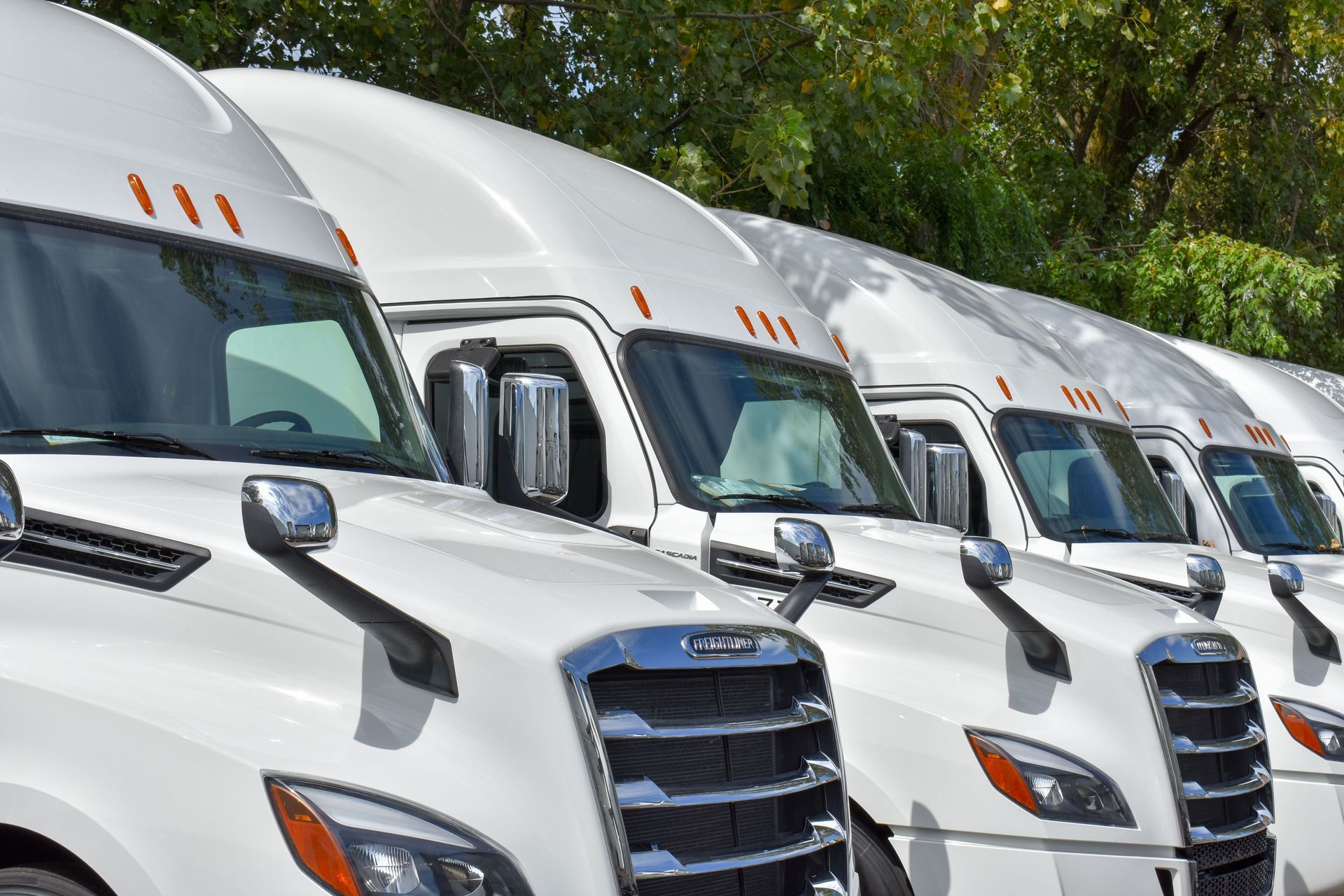Driving Innovation in Trucking Efficiency

In today’s world, sustainability and energy efficiency are paramount concerns for industries across the globe. The trucking industry, which serves as the backbone of global commerce, is no exception. One major initiative leading the charge toward a more sustainable future in freight transportation is the SuperTruck 2 program. Building upon the success of the initial SuperTruck program, SuperTruck 2 has brought together major truck manufacturers and innovators to push the boundaries of energy efficiency, fuel savings, and carbon reduction.
In this blog post, we’ll explore the goals and accomplishments of the SuperTruck 2 initiative and dive into how key players in the trucking industry—Freightliner (Daimler Trucks North America), International (Navistar), and Volvo Trucks—are contributing to this groundbreaking program.
What is SuperTruck 2?
The SuperTruck 2 initiative, launched by the U.S. Department of Energy (DOE), is a public-private partnership designed to drastically improve the energy efficiency of Class 8 long-haul trucks. Class 8 trucks—commonly referred to as 18-wheelers or semis—consume a significant portion of the nation’s fuel supply, making them a critical target for energy-saving innovations.
The SuperTruck 2 program, which builds on the foundation of the original SuperTruck program (launched in 2010), aims to double the fuel efficiency of heavy-duty trucks over 2009 baseline levels. This ambitious goal is achieved through advancements in a variety of areas, including:
- Aerodynamics to reduce drag
- Powertrain efficiency improvements
- Weight reduction via lightweight materials
- Advanced energy recovery systems, such as waste heat recovery
- Hybridization and electrification of trucks
- Improved freight logistics for enhanced efficiency
Ultimately, the SuperTruck 2 initiative is about sustainability, reduced fuel consumption, and lower greenhouse gas emissions—key components in the fight against climate change.
The Role of Major Trucking Companies
The success of the SuperTruck 2 initiative depends heavily on the innovations brought forward by leading truck manufacturers. Three of the most prominent companies participating in the program—Freightliner, International, and Volvo Trucks—are playing key roles in advancing fuel-efficient technology and reshaping the future of trucking. Let’s explore what each company is contributing.
Freightliner (Daimler Trucks North America)
As a major player in the commercial vehicle sector, Freightliner, under Daimler Trucks North America (DTNA), has been heavily involved in the SuperTruck 2 initiative, continuing its legacy from the first SuperTruck program.
Key Innovations
Freightliner’s SuperTruck 2 vehicle focuses on a combination of aerodynamics, powertrain advancements, and lightweight materials. One of the key features of Freightliner’s efforts is its enhanced aerodynamic design, which minimizes drag and improves fuel economy. DTNA worked on refining the overall shape of the truck, including reducing the gap between the tractor and the trailer, optimizing mirror placement, and improving the bumper design.
Additionally, Freightliner’s SuperTruck 2 includes:
- Advanced powertrain optimization: The development of a highly efficient engine paired with an automated manual transmission (AMT), designed to reduce energy loss and increase fuel efficiency.
- Waste heat recovery: A key innovation that allows the truck to capture and reuse energy from the engine’s heat, further improving fuel economy.
- Lightweight materials: By integrating lightweight materials, such as aluminum and high-strength steel, Freightliner has been able to reduce the truck’s overall weight, increasing fuel efficiency.
Freightliner’s SuperTruck 2 boasts fuel efficiency improvements of over 100% compared to the 2009 baseline, demonstrating the company’s commitment to sustainability and energy innovation.
International (Navistar)
Navistar, the parent company of International Trucks, has also made significant contributions to the SuperTruck 2 initiative. As a key participant in both the original SuperTruck and SuperTruck 2 programs, International is working to revolutionize its trucks for better fuel efficiency, reduced emissions, and lower operating costs.
Key Innovations
International Trucks’ approach to SuperTruck 2 focuses heavily on aerodynamics, powertrain integration, and electrification.
- Aerodynamics: International has made significant strides in reducing drag through improved body design, including reshaping the front end of the truck, minimizing the size of air gaps, and redesigning side skirts to optimize airflow. These improvements allow trucks to cut through the air more efficiently, reducing fuel consumption on long hauls.
- Powertrain Integration: Navistar’s engineers have worked extensively on optimizing the truck’s engine, transmission, and axle efficiency to ensure maximum energy savings. By integrating the engine and transmission into a cohesive unit, International’s SuperTruck 2 is designed to minimize energy loss and improve overall powertrain performance.
- Electrification and Hybrid Systems: One of the more futuristic aspects of International’s SuperTruck 2 efforts includes exploring hybrid electric systems. By integrating hybridization, International can reduce the reliance on diesel fuel and explore alternative energy sources, further contributing to the truck’s overall efficiency.
Navistar’s SuperTruck 2 prototype also emphasizes fuel efficiency improvements, with reported fuel savings of up to 70% over 2009 models, showcasing the company's leadership in green trucking technology.
Volvo Trucks
Volvo Trucks, a global leader in the trucking industry, has taken a proactive approach in the SuperTruck 2 program. Known for its commitment to sustainability and innovation, Volvo Trucks is leveraging its extensive experience in electrification and powertrain development to contribute to SuperTruck 2’s ambitious goals.
Key Innovations
Volvo Trucks’ SuperTruck 2 vehicle is notable for its focus on advanced powertrain efficiency, aerodynamic enhancements, and electrification. Volvo is also exploring alternative fuels, including battery-electric powertrains and hydrogen fuel cells, to reduce the environmental impact of long-haul trucking.
- Hybrid and Electric Powertrains: Volvo has integrated hybrid-electric systems into its SuperTruck 2 design, offering the potential for zero-emissions operation in certain driving conditions. By using a combination of diesel and electric power, Volvo Trucks can reduce emissions and fuel consumption without sacrificing performance.
- Improved Aerodynamics: Volvo’s engineers have also focused on improving the truck’s exterior design to reduce drag and improve overall energy efficiency. From a streamlined cab shape to optimized mirrors and spoilers, Volvo’s SuperTruck 2 prototype is designed to maximize fuel savings.
- Lightweight Materials and Smart Systems: Volvo has incorporated lightweight materials to reduce the overall mass of the truck, while also integrating smart systems that optimize the truck’s energy use in real-time. These smart systems help adjust the vehicle’s operations to maximize efficiency based on the specific driving conditions.
With a strong focus on sustainability and innovation, Volvo Trucks’ SuperTruck 2 vehicle has shown significant gains in both fuel efficiency and carbon emission reduction. The company continues to explore the integration of battery-electric trucks into the SuperTruck program, a move that aligns with its broader mission to transition toward zero-emission freight transportation.
The Future of SuperTruck and the Path to Sustainability
The success of the SuperTruck 2 initiative is paving the way for the next generation of sustainable trucking technology. The DOE has already launched the SuperTruck 3 program, which focuses on zero-emission technologies such as battery-electric and hydrogen fuel cell trucks. Companies like Freightliner, International, and Volvo are expected to play crucial roles in these future developments as well.
As the trucking industry faces increasing pressure to reduce its environmental impact, initiatives like SuperTruck 2 are proving to be essential drivers of innovation. The collaboration between the U.S. government and leading truck manufacturers is creating a roadmap for more energy-efficient, cost-effective, and environmentally friendly trucking solutions.
Key Takeaways of the SuperTruck 2 Initiative
The SuperTruck 2 initiative is a powerful example of how public-private partnerships can lead to groundbreaking advancements in technology and sustainability. Through a combination of aerodynamic improvements, powertrain optimization, and innovative hybrid systems, companies like Freightliner, International, and Volvo Trucks are reshaping the future of long-haul trucking.
With the trucking industry accounting for a significant portion of the nation’s fuel consumption and greenhouse gas emissions, the advancements made through SuperTruck 2 are critical steps toward a cleaner, more sustainable future. As these companies continue to refine their technologies, the lessons learned from SuperTruck 2 will likely shape the trucks of tomorrow, driving the industry toward zero emissions and energy independence.
By investing in programs like SuperTruck 2, the trucking industry can ensure a more sustainable path forward, where efficiency, innovation, and environmental stewardship take center stage.



office & Parking depot
5120 Belmont Rd Unit K, Downers Grove, IL 60515, USA
Hours of operation
Mon - Sun: 7am-5pm
